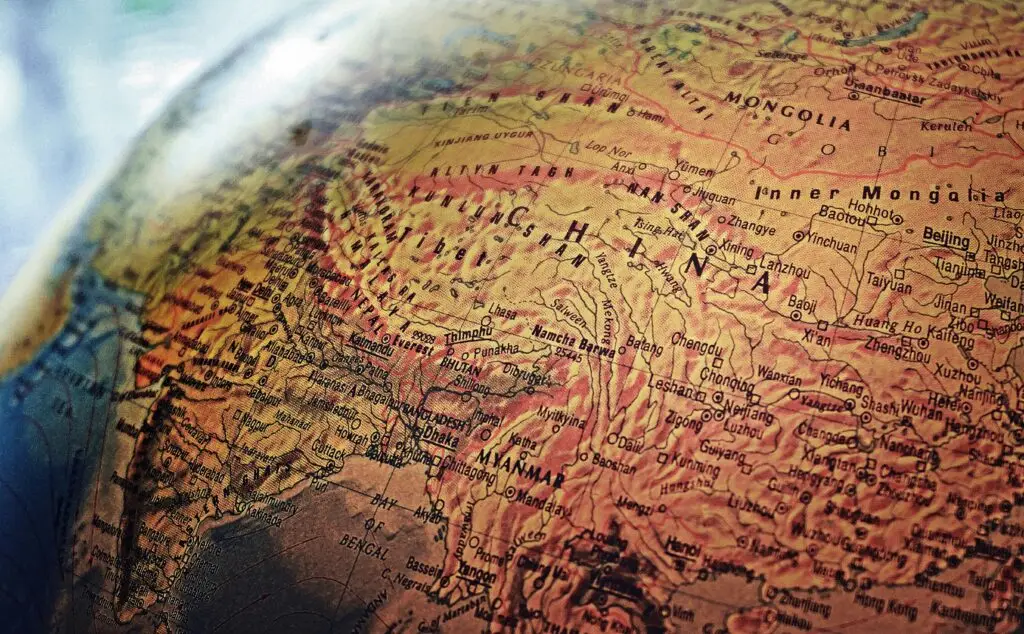Describe the Major Elements of the Neo-Liberal Economic Policy Adopted by Latin American Countries in Recent Years
Latin American countries have undergone significant economic transformations since the 1980s, largely influenced by the adoption of neo-liberal economic policies. These policies were promoted by international financial institutions such as the International Monetary Fund (IMF), the World Bank, and the Inter-American Development Bank (IDB) in response to severe debt crises, hyperinflation, and economic stagnation that […]









